Like essentially everyone else on the planet, at the end of April 2020 I was feeling restless. And generally unhealthy due to a sudden drop in physical activity. And annoyed by an increase in body mass. Five weeks sitting still in Berlin, instead of tallying up two or three thousand kilometers of cycling, has a way of creating those kinds of situations. As mentioned in the previous post, my status as someone already recovered from covid-19 six weeks earlier, and my normal mode of travel, which is almost as isolating as being in lockdown, made it reasonable to conclude that a limited restart of the Tour would not pose a significant risk to anyone. The question was, how and where could that happen. All of the locations that were further along my original route were still behind closed borders, some with rather severe internal restrictions as well. Only one possibility presented itself at the time and, as far as I was concerned, it saved the day: Sweden.
Much has been discussed and debated about the different strategies that were employed by various nations to combat the coronavirus, and which have been the most effective. That is too complex an issue to go into much detail here, but it is worth noting that commenters that criticized Sweden’s approach for not doing anything
were not accurately representing reality. While the country did not enact a severe lockdown, per se, the actions that were taken should now be thought of as reasonable. Mass gatherings and events were canceled, non-essential indoor cultural activities, such as museums were closed, small businesses stayed open, but with physical distancing requirements (though these were indeed often only loosely followed,) travel around the country was permitted, but older citizens were expected to stay home. Given what we now know about the transmissibility of the virus, that it spreads most readily through groups of people who are indoors for extended periods of time, coupled with the Swedish cultural preference for minimal personal contact in public, these policies seem sensible and reasonable. However, the country did make a bad mistake with its lack of attention given to elder care homes, which resulted in the majority of the country’s serious cases. In fairness, though, few, if any, countries around the World handled that difficult problem well.
While it is not really useful to compare case statistics between different countries, it has often been noted that Sweden’s case rate was much higher than its neighbors, though never rising high enough for it to be considered a hotspot. Since the virus will, in all likelihood, be with us for a long time it is to be expected that case levels in different regions will begin to equalize over time. There were other benefits to the policies that Sweden adopted as well. Business activity fell substantially, but not to the level where a total collapse was possible, as was the case elsewhere. Perhaps more importantly, the state of mind of the population seemed, to me, to be holding up well, in stark contrast to, say, the land where I grew up, and this is an aspect that should not be overlooked. There were no food lines, no hoarding, and no one living out on the streets. Given all of these factors, I felt it was reasonable and safe for me to continue the Tour further north in Sweden at the beginning of May. However, at the time I was still not sure if I could work out the details required to make that happen.
The easiest way for me to do that was to use the ferry that crossed the Baltic Sea from Rostok, Germany to the southern coast of Sweden. The country’s borders had been closed to travelers from distant lands, but remained open to visitors from within the Schengen Zone. However, that policy was somewhat vague, stating, borders remain open for those coming from the EU or EEA,
and it was not clear whether coming from
referred to port of embarkation, or citizenship. I wrote to both the ferry company and the Swedish Embassy, hoping to clarify that phrasing, but received an equally unclear response in both cases. So, I took my chances and boarded the ferry, not really knowing if I would be allowed in once it landed. As it turned out, there were no immigration procedures at all when that happened and everyone, including me, simply got off the ferry at the port of Trelleborg and went on their way. For me, this was very good fortune, since, after getting a much-needed haircut the next day, I was touring again!
Since I had not planned to visit Sweden at all during the Tour, I first needed to work out a new route on short notice, with minimal research. Had I been really ambitious, as well as in peak fitness, I could have come up with a nice, long route heading up to the far north, near the Arctic Circle, where I could enjoy the long days before the approaching solstice. Instead, good sense prevailed and I decided on a more reasonable route looping around the southern part of the country, keeping in mind my three top priorities; avoiding large cities (except Stockholm,) going through some areas where I might be able to locate some nice birds, and being able to visit a selection of the country’s World Heritage Sites. Once I was finally underway, it did not take me long to discover that Sweden is a fantastic touring destination.
After visiting Iceland the previous year, I had prepared myself for another Nordic country loaded with drab modernist architecture. Instead I was instantly taken aback by the charm and beauty of the homes and other buildings I saw, especially throughout the countryside. Traditional homes, colored with red- or yellow-ochre paint were everywhere, classically proportioned and kept in immaculate condition. While the landscapes of Sweden may be slightly lacking in terms of majestic mountains, or primordial forests, the general attractiveness of the countryside was definitely soul-uplifting.
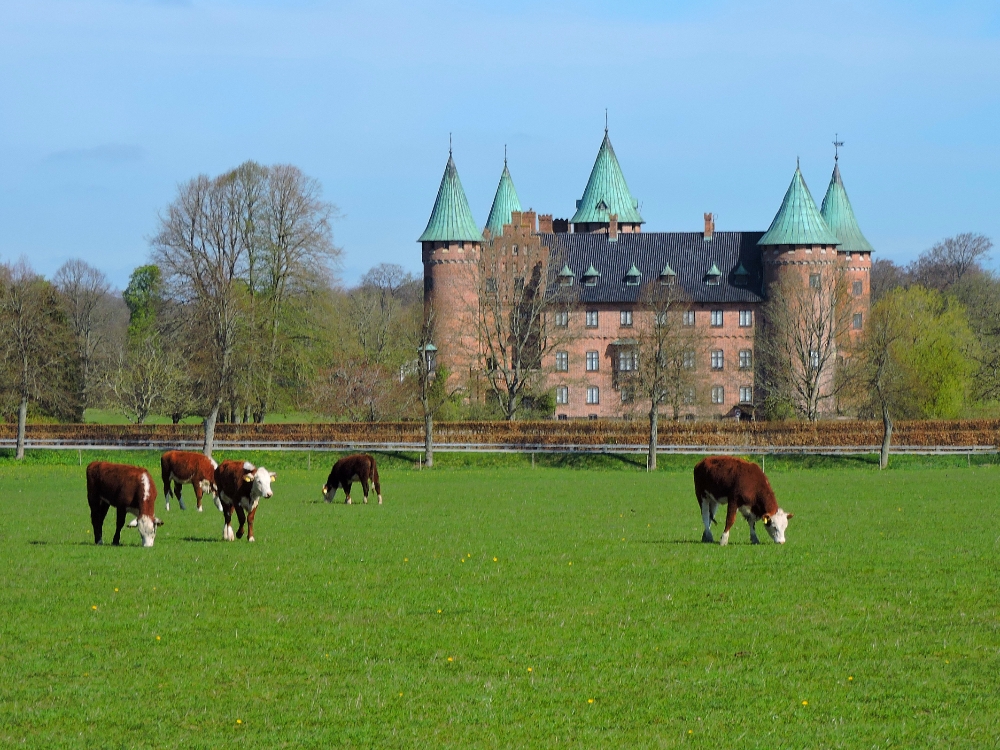
However, as usual, the most important factor in making a place good touring destination is the suitability of the road network for cycling. Once again, I was quickly and pleasantly surprised by what I found. To be sure, there were expressways here and there, but they were easily avoided. The secondary road network was generally good, though shoulders were often absent, and occasionally, in some of those cases, traffic could be a little heavier than ideal. But it was the presence of a substantial number or minor roads that I found most appealing. These were usually single lanes, with a perfect surface, little traffic, and could actually be used for lengthy routes between various points of interest. In only a few cases, these became gravel roads for a few kilometers, but in those instances the surface was hard-packed, perhaps smoother than some paved roads I have used in other countries, so I can’t even complain about that. If one had enough time to do detailed route research it could be possible to create a long route around southern Sweden using only beautiful roads like those. Additionally, like most European nations, there is an extensive network of cycling paths, and sometimes they seemed just slightly over-built, if that’s possible, as shown below. These are most useful for getting into and through the larger towns, but occasionally they are available for intercity routes as well.
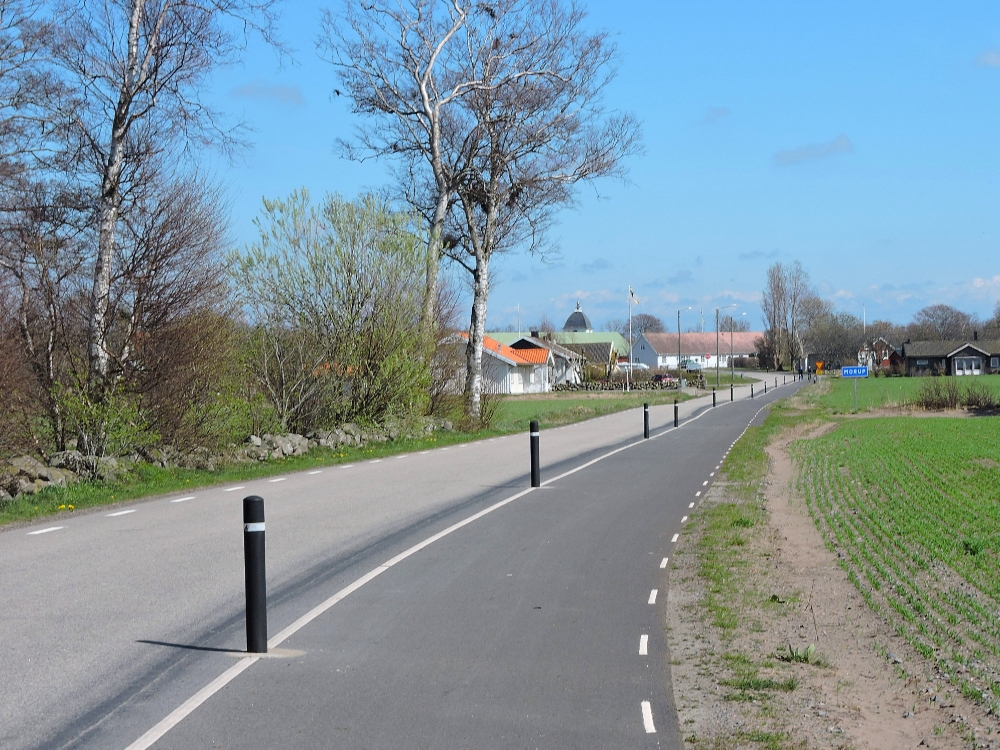
Another positive factor was that essentially everyone speaks English fluently, which may remove some of the challenge of a tour, but certainly makes things easier. Finally, it is an admirable policy there that camping is permitted everywhere, as long as you do not disturb anyone’s privacy.
Once again, I had planned on getting back to that practice extensively, but, for various reasons, only did so a few times. If there is a drawback to touring in the country, it is that it is, not surprisingly, quite expensive. However, after having my budget already smashed by the pandemic, I was, perhaps illogically, willing to look the other way on that. With all of those aspects taken into account, and even though my touring preferences now lean towards less developed countries, I now place Sweden high on my list of favorite countries for touring, certainly at, or near, the top spot in the rich country
category.
I began in Trelleborg, as mentioned already, and generally rode to the northwest, keeping somewhat inland at first, to avoid expected congestion along that section of the coast. The terrain was generally mild, the gorgeous rural scenery started right away, and the weather was pleasant, with just a little chill of mid-spring remaining. After such a long layoff, I felt surprisingly well on the first day, cycling for almost what I considered to be a complete day's distance, but for the next two days the travails of unfit cycling began to predominate, and I was required to reduce my pace considerably. However, with an undetermined, but expectedly long, length of time ahead in the country, I really had no reason not to do that. After a short birding break in Varberg, I turned inland again, to avoid the major city of Gōteborg, instead going through the smaller alternatives of Borås and Trollhätten. From there I returned to the coast, going almost as far as the border with Norway (which was closed at the time.) A very pleasant rest break was taken at a charming seaside town called Fjällbacka, which claims to be the place where Ingrid Bergman spent her summers, and is now another one of my favorites for the Tour.
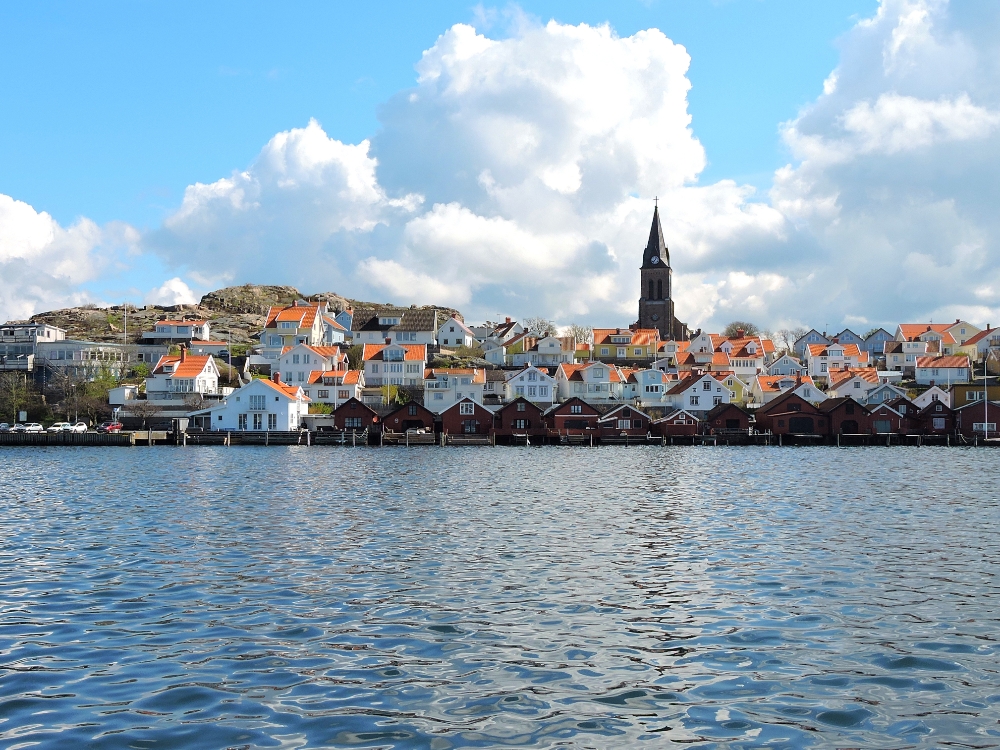
Next, I continued by turning inland again, heading northeast, then almost directly east for a while, through a part of the country that is slightly more forested, less populated, and with a scattering of small towns, some of which were not quite ready to see any tourists. By this point I was just starting to feel my touring fitness coming back, but in 2020 nothing, apparently, proceeds according to plan. For at about this time I started noticing the ratchet in my rear hub slip occasionally, causing the Slippage
referenced in this post's title. I have dealt with this issue twice before in the field while on tour, years earlier, once in Madagascar, and once in Peru, so I already knew what was in store. With frequent cleaning, it is possible to keep riding for a while, but before very long, the hub will fail completely. This particular hub was not brand new at the start of this Tour, and I can’t quite remember exactly when I installed it, but it had been a number of years, and considerable distance, so it was not totally unreasonable that it had become worn by then. Nevertheless, it was still an annoying situation. On one hand, of course something like that will crop up just at the time when I was getting going again after a long layoff. On the other, at least making the repair now would be a little easier than if the hub had held on until I was in a less familiar part of the World. I was hopeful that I could get all the way to Stockholm before I could no longer ride, requiring another two or three days, but luck was not on my side again, and just east of Karlstad the end game began, when my pedals were spinning, but the bike was not moving. At that point I had no option except to transfer into the city by train, in order to take care of that repair.
I use Phil Wood hubs, which have numerous advantages, but in this case caused me some extra delays. The failed part is a steel ring with twenty ratchet teeth on its inner surface and installing, or removing, this part requires a special tool. I actually have one of those tools, but it is currently in storage with my other belongings, and not accessible to me. Even more troubling is the fact that five years earlier Phil redesigned all their hubs, such that their specs are no longer identical, and they no longer stock replacement parts for their older hubs. That left me with only one option, trying to find an older version of a complete hub still available somewhere. Happily, I located a NewOldStock hub at an online vendor that I had used before, and had one shipped to Stockholm.
Murphy’s Law bit me again, however, and when I received the package, nine days later, the hub I received did not have the 48-hole drilling I needed, and had ordered, but instead was only a 40-hole version, making it essentially unusable. After stewing and grumbling around for a few days, trying to consider my options, I came to the conclusion that the best course of action would be to cannibalize the replacement hub for all its good parts, especially the ratchet ring, and to install them all in my old hub body. This was easier said than done, of course, and removing the ring from the new hub required purchasing some basic tools with which to cut it out. Getting the worn ring out was even more difficult, without having the special tool. Doing so necessitated welding a piece of hard steel to the inside of the ring, which could then be held in a vice while the ring was threaded out. Surprisingly, it took me a few days to locate anyone who could do welding in the major city of Stockholm. Eventually, I came across a bike shop where one of the mechanics was learning framebuilding, and he was willing to give it a try. As expected, once that was underway, the old ring came out fairly easily, and its replacement was in place shortly thereafter. While this whole episode was very annoying, and more annoying than it needed to be, being able to come up with an appropriate improvised solution, and executing that plan, is a notable component of personal resilience and now that this is in the past there is a certain level of satisfaction involved. With the hub back in good working order and I was once again ready to start over with the Tour.
The key phrase there is start over, since the whole process had me idle for yet another two and a half weeks. That effectively nullified the gains I made in restoring my fitness during the first section in Sweden, and, by then, there was no alternative apart from beginning the ride again to get that back. At least Stockholm was an interesting city in which to spend yet another long break. Located among an attractive system of fjords, channels, and lakes and with a nice low-rise cityscape, there are many pleasant vistas to be seen. Although, while there are many examples of buildings built with beautiful baroque designs, they are not clustered around a central plaza or boulevard, but rather scattered around the area of city, and this may have given the city a lower stylistic reputation than it deserves. Additionally, despite sitting around for most of my time in the city, I at least managed to get a couple of lingering errands attended to, having a cobbler restitch a small open seam in my left cycling shoe and patching the holes in the soles of my moccasins, and finally locating a pair of cotton gym shorts to replace the pair I left home with that was, by then, full of holes.
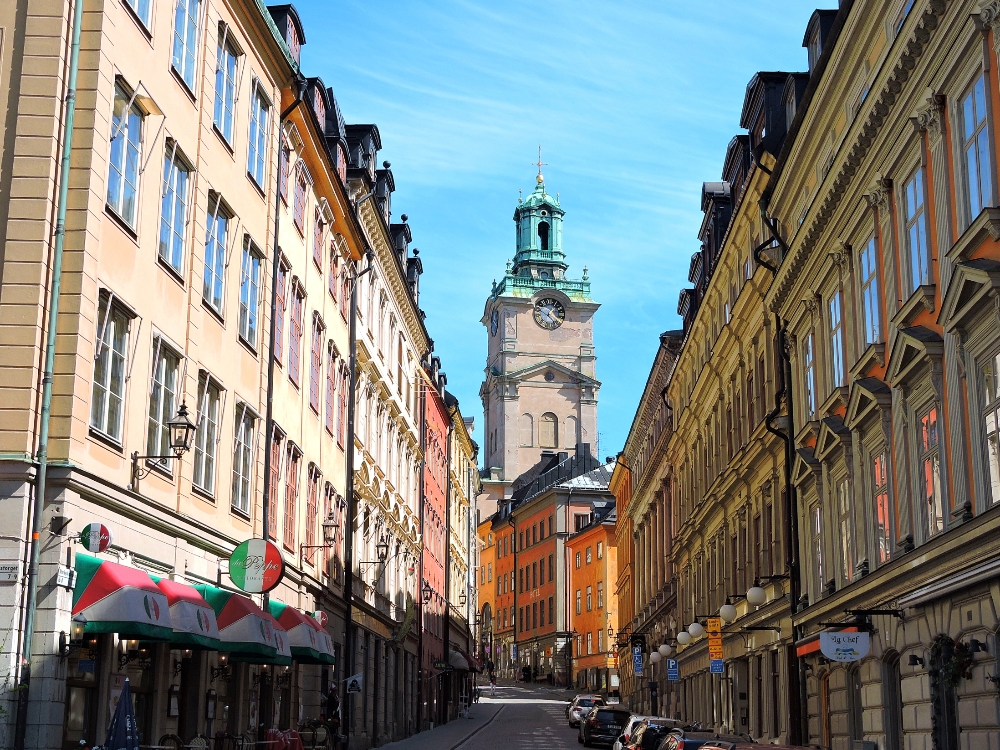
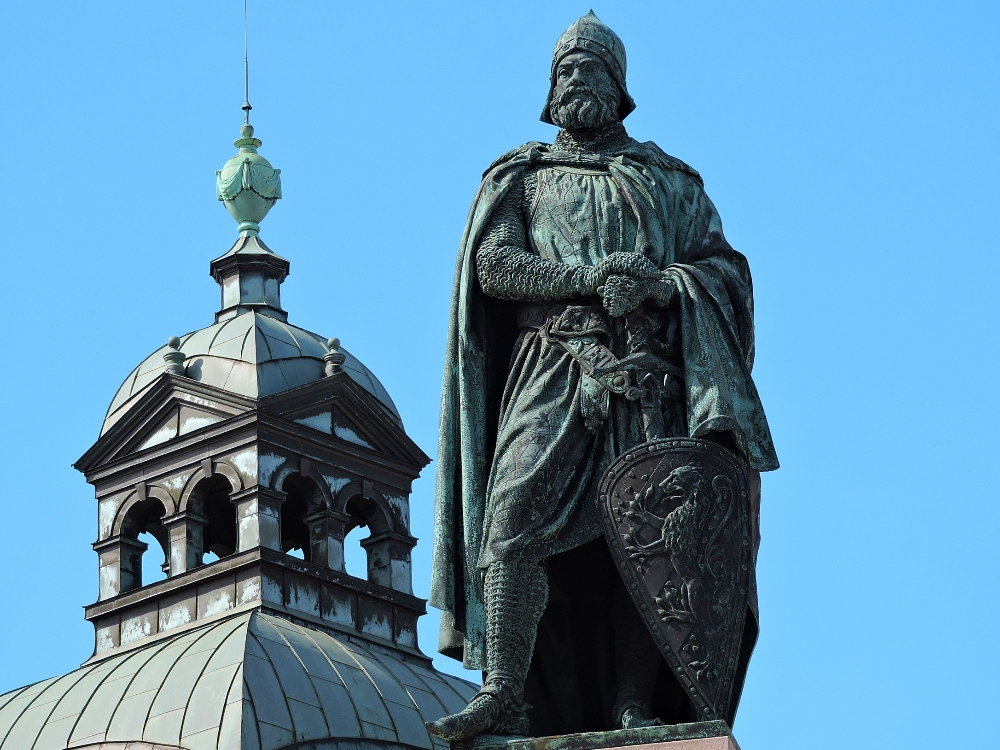
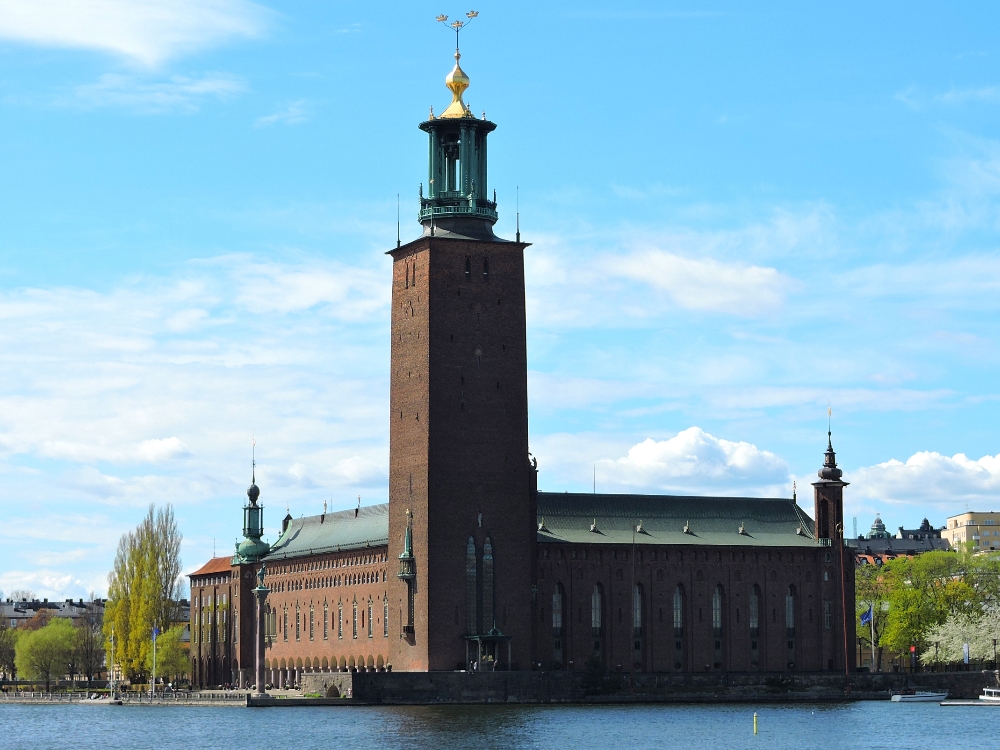
Once I was finally able to start cycling again, hopefully for a long period for a change, I had tentative plans for another one thousand three hundred kilometers in the country. First that would take me a moderate distance further north, not as far as I would have gone without the hub repair delay, but a worthwhile diversion, nonetheless, as I rode towards the World Heritage Sites at Ânglesberg and Falun. As I often do, I chose to exit the congestion of a big city by rail, even though the cycling amenities in Stockholm would have made riding out more reasonable than usual. In that case, the best option was to use the express train that goes to the international airport, thirty-five kilometers north of the city, and then start riding from there. At the time, only one of the five terminals was in operation, and even that with a drastically reduce flight schedule. So when the train dropped me off in one of the closed terminals, and I walked through its silent, dark corridors, then rode out, crossing the empty parking lots and going the wrong direction on the deserted access roads, I had my first real, pandemic-caused, Last Man on Earth experience. From there, the density of the city dropped away quickly and soon more excellent cycling conditions were on tap, with nice weather, mild terrain, and bucolic countryside.
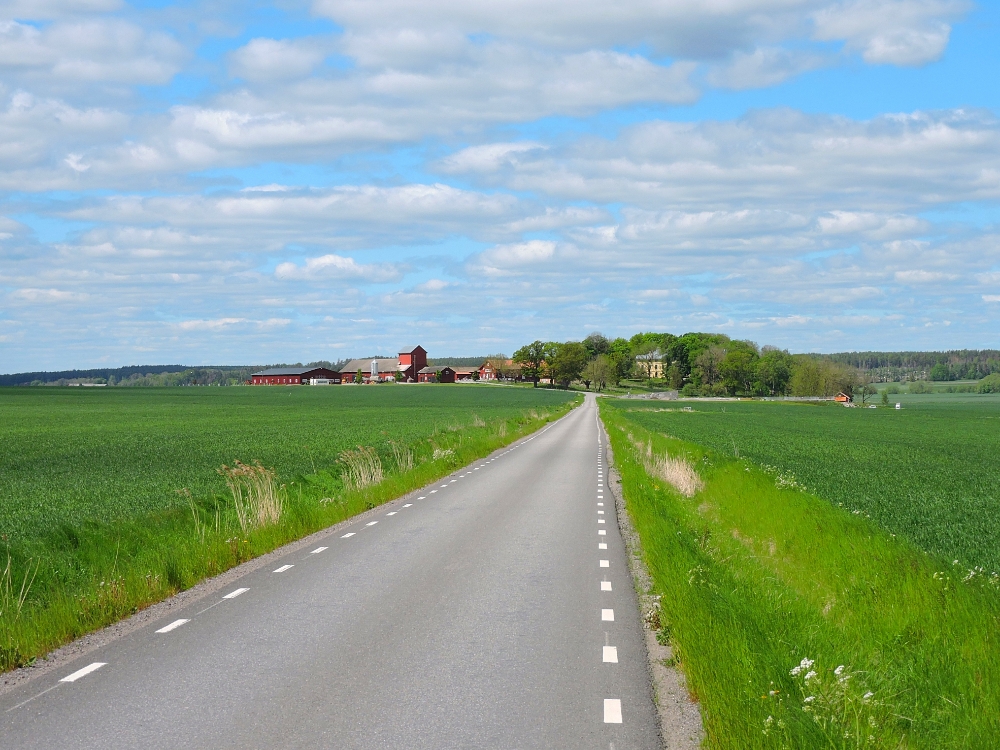
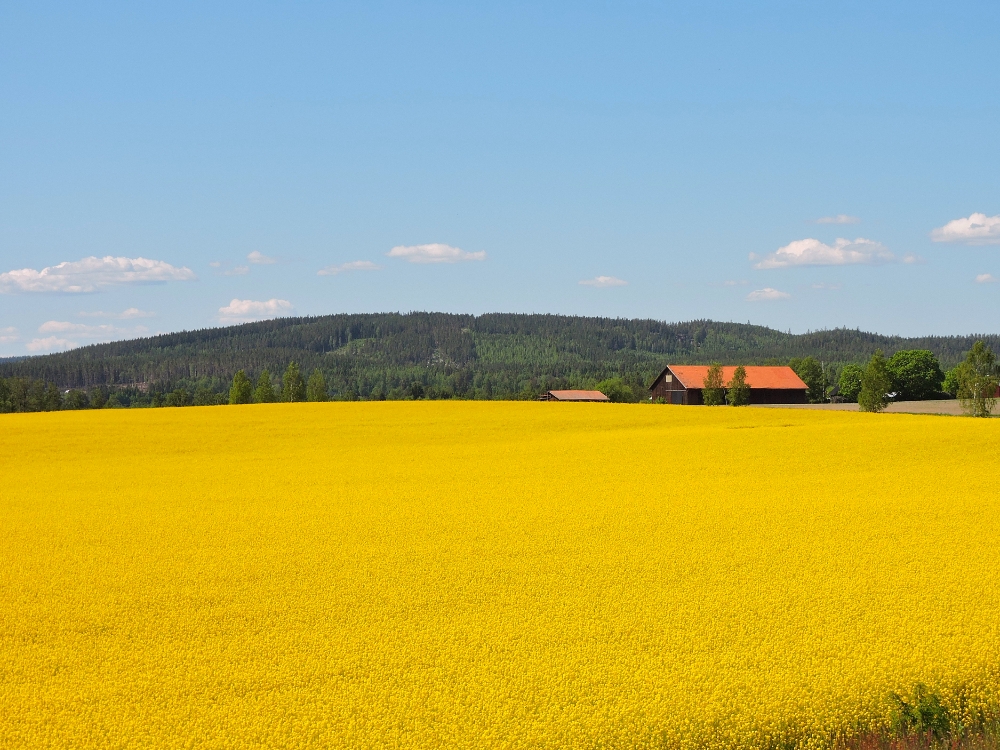
After Falun, I turned south, heading for Karlskrona, at the southeastern tip of the country, with a stop on the offshore island of Öland. With thirteen days as my goal to complete that section, I didn’t really need to rush, which was fortunate because on some days I was feeling strong and on others, not so much. However, with more pleasant countryside to ride through, and occasional interesting events like passing the Runestone shown below, whicn was erected around the year 1000 CE by Bjorn and Gist, I completed that segment as planned, despite a few days of increasing winds near the end. In so doing, I once again began to feel that I had regained my form.
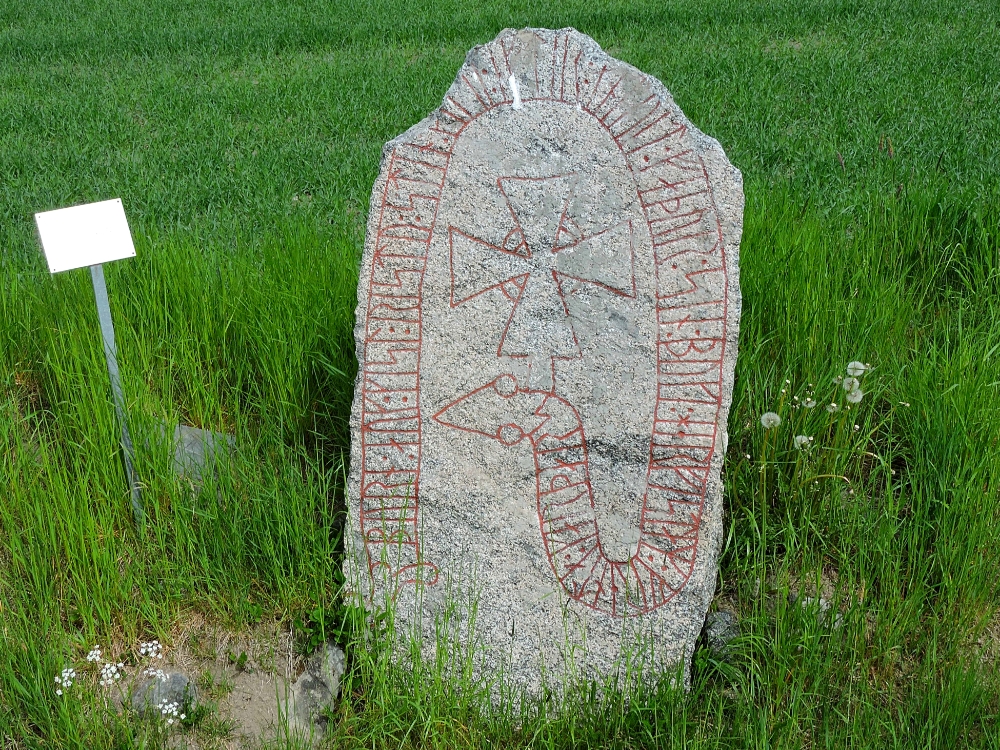
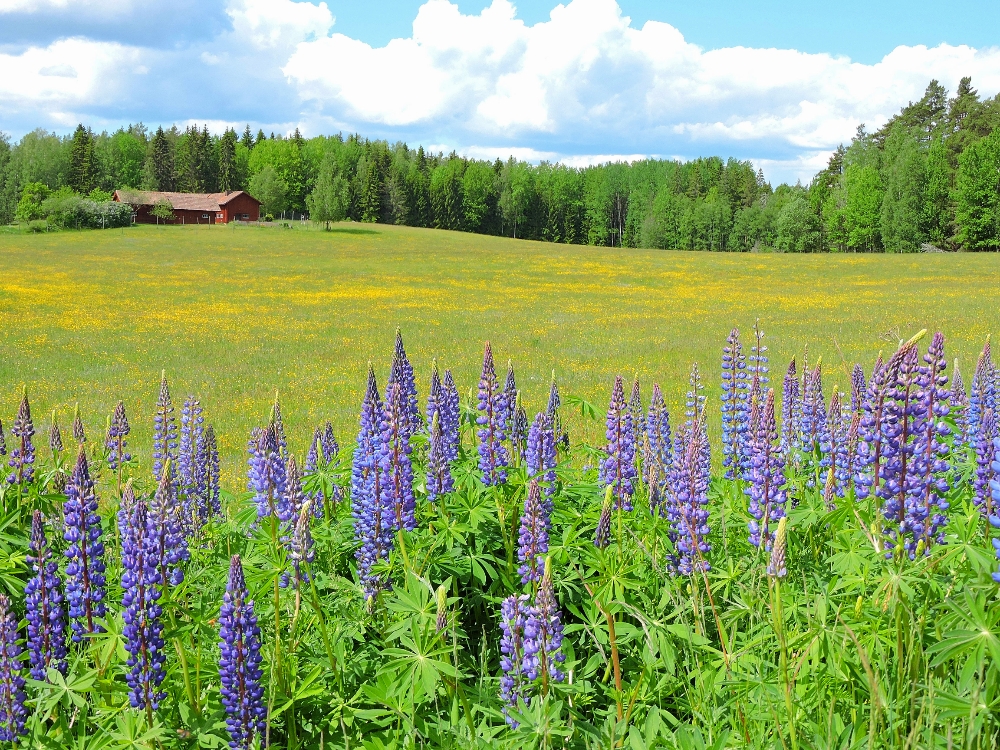
My choice of Karlskrona as a end point for this segment was made, in part, because there is a ferry port there. At that point in time, in mid-June, 2020, activity was beginning to return to Europe, and other parts of the World, for better or worse. I was hopeful that I would be able to use that ferry to transfer to another country, and in so doing keep the Tour moving forward, in its typically isolated way. However, even as I arrived there, I was still not sure if I would be permitted to do that, or not.